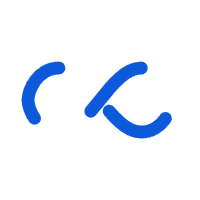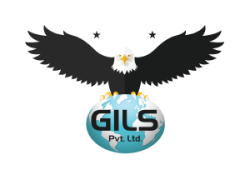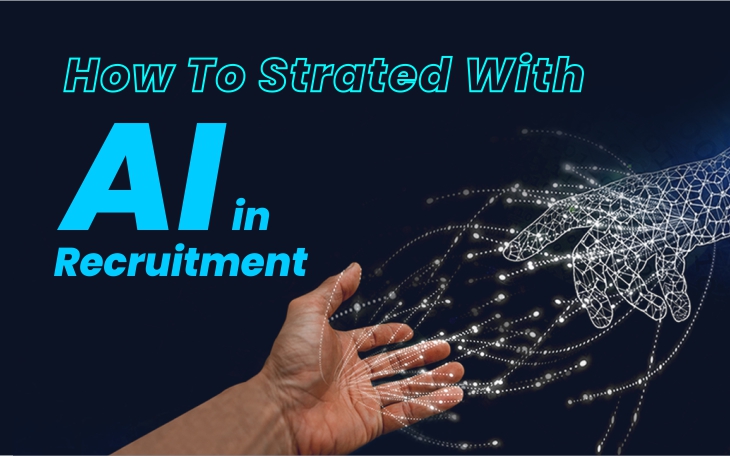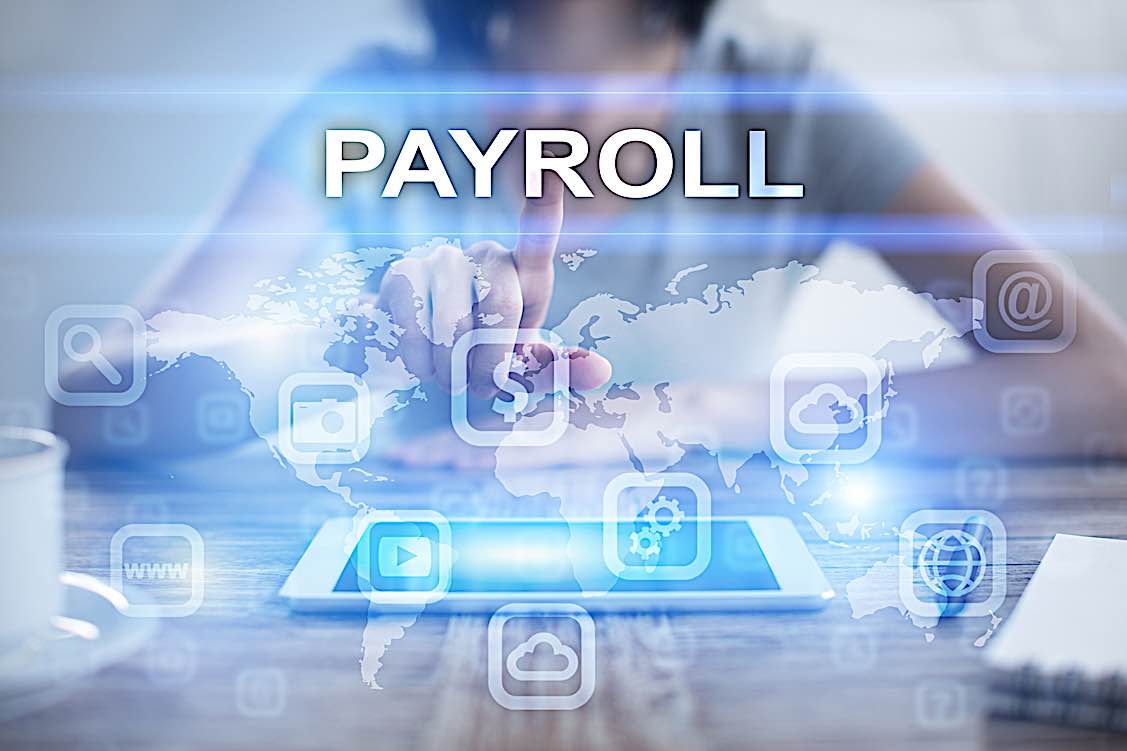How To Get Started With AI in Recruitment
How to Get Started With AI in Recruitment
In the age of AI, recruiting teams are under pressure to “do more with less”: less money and smaller teams. According to a Josh Bersin Company / AMS survey, 58% of respondents agreed that “Increasing the efficiency of our TA team and reducing cost” is a top priority for talent acquisition in the coming year. Using AI in recruitment is one way to unlock team efficiency and potentially lower costs—but it requires a thoughtful approach. Here are our tips on integrating AI into your recruitment workflows.
7 steps for setting up AI in recruitment
1. Prioritize the pain points to solve
Conduct an audit of your current recruitment practices. Are your teams struggling with a lack of candidates, candidate drop-offs, hiring team engagement, long hiring times, clunky onboarding, too much manual administrative work, or something else? Taking a holistic view of your TA processes will help you decide where AI can make the biggest impact.
Remember that AI is not always the solution to every problem; automation, more structured processes, or better recruitment marketing may solve the problem without the need for AI. In effect, you should be trying to determine how to hire more efficiently, not necessarily use AI.
2. Formalize experimentation
There are probably a few tech-centric people in your organization who love to play with new tools. Set up experimentation sessions at a regular cadence and document learnings.
Over time, you’ll be able to develop a plan for piloting new tools. By starting with manageable investments that offer measurable outcomes, you’ll pave a path toward wider impact.
The Recruiting Future podcast episode AI Powered Talent Acquisition offers an example of how one large organization created a formal experimentation process and developed a custom AI tool for hiring managers. Because there are no cookie-cutter solutions for AI in recruitment, it’s worth taking the time to determine the best path forward.
3. Define how to use generative AI
Generative AI is only one subset of the many types of AI recruitment tools that include chatbots, sourcing tools, assessments, and candidate matching.
Generative AI can assist with recruitment tasks such as job descriptions, communications, onboarding plans, interview summaries, employer brand content, etc. Remember that generative AI output requires editing because it sometimes hallucinates and doesn’t necessarily write in your company’s preferred voice and tone.
Experiment with the widely available generative AI tools such as ChatGPT, Microsoft Copilot, Google Gemini, Perplexity, and Claude. Be sure to review legal terms of use before exposing sensitive company information.
SmartRecruiters currently offers secure AI co-pilots for creating candidate scorecards and drafting candidate communications in SmartCRM.
4. Explore the vendor marketplace
The number of AI companies has exploded dramatically, and every vendor now claims they’re building AI products. It’s important to be discerning about the stability of the product and how the vendor uses your (and candidates’) information.
Take a look at your current vendors’ AI-based offerings and partnerships. For example, Smart Recruiters currently has over 30 vetted AI-based tools in the Partner Marketplace.
5. Get peer validation
Hearing a direct example of how a tool has transformed another company’s recruiting process is the best validation available. You can learn from peers by attending conferences, local networking groups, online events, and listening to podcasts. In this post, Ben Handyside, Director, Talent Acquisition, EMEA, outlined how he set up guardrails for the use of ChatGPT at Colliers.
When meeting in person, ask peers how it’s going, what they would have done differently, and what advice they have for someone just starting out.






